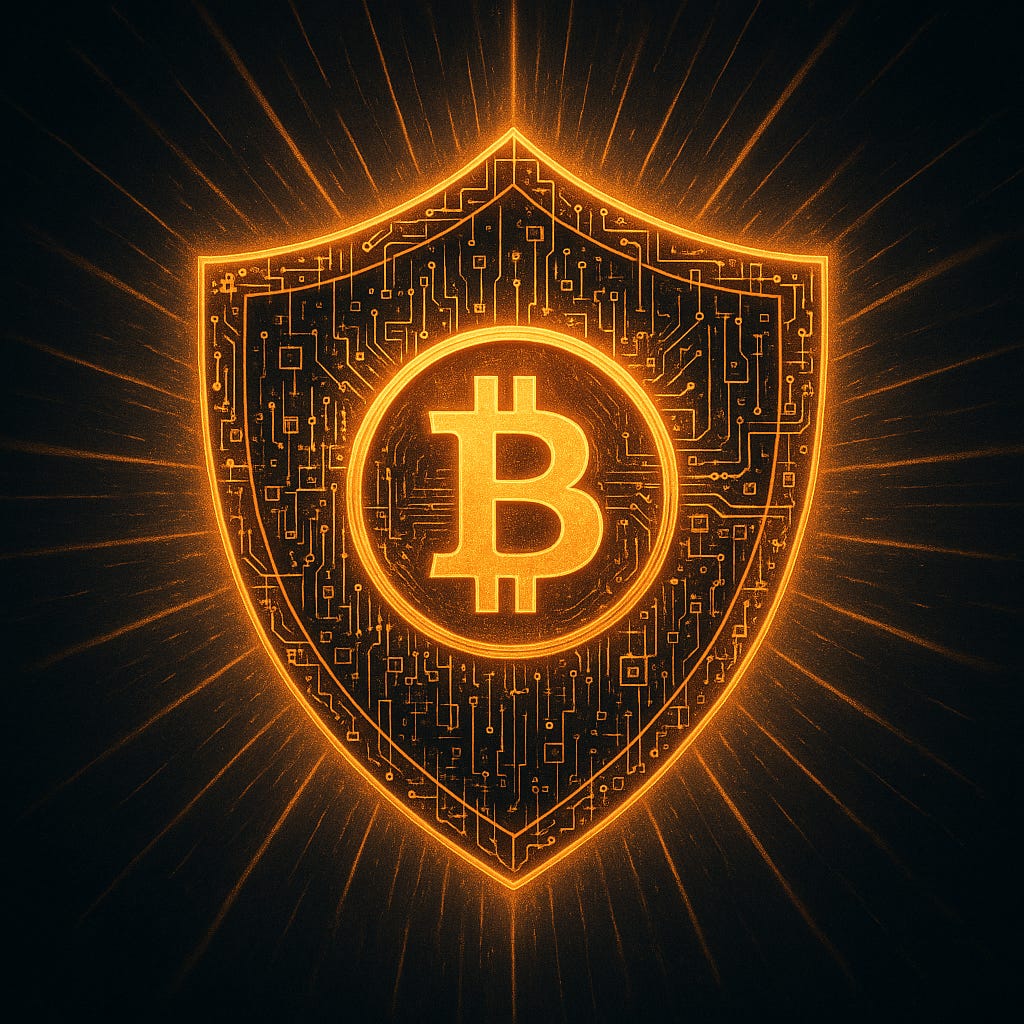Like a bridge buckling under too much weight, most things in life break when pushed too hard. But every so often, something comes along and flips the script. For example, the lizard that regrows its tail if cut off, or a system that actually emerges tougher and smarter after each setback. That’s the strange magic of antifragility, Nassim Taleb’s idea that certain systems actually benefit from volatility, randomness, and disorder. While the resilient may resist and survive disorder and shocks, the antifragile will evolve and strengthen because of disorder and shocks. Pair antifragility with Taleb’s other big idea, skin in the game – the notion that you shouldn’t trust anyone who doesn’t share the risks of their own decisions – and you start to see why Bitcoin is more than just a digital coin. It’s a true black swan event that is now demonstrating how chaos and accountability can build something that actually gets better when the world gets messier.
Antifragility isn’t just about surviving the storm. It’s about emerging from the storm stronger than before. Your muscles don’t strengthen in comfort; they need the stress of exercise. Evolution doesn’t happen in a vacuum, but in the wild where only the adaptable survive. Antifragile systems are those rare beasts that actually need trouble to reach their full potential, those who emerge stronger and more innovative when backed into a corner.
Skin in the game is just as critical. It’s why we trust chefs who eat their own cooking, and entrepreneurs who invest their own capital into their companies. When people have something real to lose, they act differently – more carefully and more honestly. Never trust a system where the decision-makers aren’t exposed to the fallout of their own choices.
Bitcoin is built on these two ideas. Bitcoin’s fundamental antifragility stems from its decentralized structure. Unlike traditional financial systems with central points of failure, Bitcoin operates on a distributed network of nodes and miners. This decentralization ensures that no single entity controls the network or can force change, the system remains functional even if portions of it are compromised, and the network grows more robust as it grows larger. Each node in the network maintains a copy of the blockchain, distributing risk and enhancing security through collective validation.
Every time the Bitcoin network faces a crisis, whether it’s a hacking attempt, government intervention, or something else, Bitcoin doesn’t just bounce back – it adapts. Developers fix bugs, exchanges tighten security, and owners learn about protecting their coins. For example, in 2021 when China banned Bitcoin mining, over half of the world’s mining power was forced offline overnight. The network quickly rebalanced as miners relocated, and within months Bitcoin’s hash rate, a measure of network security, hit new all-time highs. China’s Bitcoin ban paradoxically strengthened its resilience. The network isn’t just robust; it’s a shape-shifter, learning and evolving with every blow. What would cripple a traditional bank just makes Bitcoin more resilient.
Bitcoin’s very creation was a black swan event – unexpected, disruptive, and world-changing. Born out of the 2008 financial crisis, its origins in crisis and unpredictability are precisely what make it antifragile: it was designed to survive, adapt, and flourish in a world where the only constant is uncertainty.
Bitcoin also demands skin in the game from every participant, which naturally aligns incentives with the best outcomes for the Bitcoin community as a whole rather than any individual. Miners invest capital into hardware and electricity, risking their capital every day. If they try to cheat the system, they lose their investment. Users who want true ownership must manage their own private keys, and there’s no insurance company or government to bail them out if they lose their keys. Developers and node operators pour in time and reputation, knowing their work is public while they maintain and upgrade Bitcoin’s code. When a bug was discovered in 2018 that could have allowed for double-spending coins, the community quickly patched the vulnerability, demonstrating the high stakes and rapid response demanded by skin in the game. In Bitcoin, everyone has something on the line.
In a world where most things crack under pressure, where decision-makers and leaders often dodge responsibility, Bitcoin is an anomaly. It’s a system that thrives on adversity and demands accountability from all participants. Bitcoin is more than digital money – it’s a living experiment in how antifragility and skin in the game can create something that doesn’t just survive chaos and stress, but actually grows stronger. For this reason, individuals and corporations that adopt Bitcoin can become antifragile.
As we navigate an increasingly uncertain financial landscape, understanding and embracing antifragility is a practical necessity. When shocks inevitably erupt, systems designed with antifragility and skin in the game are best positioned to endure, adapt, and ultimately flourish in the face of the unknown. In the end, it’s not just about surviving chaos—it’s about harnessing it to build something stronger.
The opinions and views expressed by the author are personal and based on economic or market conditions at the time of publication. Actual economic or market events may turn out differently than anticipated. Nothing in this material is intended to serve as personalized investment, tax, or insurance advice.


